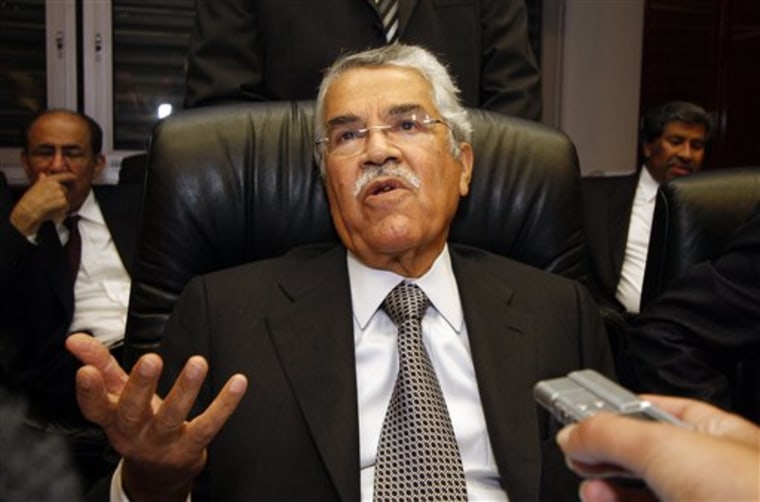OPEC on Thursday decided to leave its production quotas unchanged, opting to take a cautious approach in a market awash in crude and a global economy still in the nascent stages of recovery.
The 12-nation Organization of Petroleum Exporting Countries said “market fundamentals have remained weak,” even though oil prices are roughly double their levels when the group announced in December a record 4.2 million barrel per day cut from September 2008 levels.
The upswing in prices was a blessing for the bloc — supplier of roughly 35 percent of the world’s crude — but OPEC ministers noted volatility remained in the market and a delicate touch was needed to ensure that the uptick does not derail global economic recovery efforts.
The meeting’s closing communique said “whilst there are signs that economic recovery is under way, there remains great concern about the magnitude and pace of this recovery,” especially in the West. The group noted uncomfortably high crude and refined product levels, which reflect that refiners are not eager to churn out additional product.
The statement said that “since the market remains oversupplied and given the downside risks associated with the extremely fragile recovery, (OPEC) once again agreed to leave current production levels unchanged for the time being.”
The decision, announced in the early hours of Thursday, came as little surprise.
OPEC had indicated ahead of the meeting that it was more less intent on cutting quotas. Instead, the focus was on boosting compliance with production targets — seen as key to sustaining prices in a market swimming in crude and still exposed to volatility linked to weak demand, the fluctuation in the U.S. dollar and a global economic recovery that has yet to firmly take root.
The increase in inventories has moved from crude oil to products, said OPEC Secretary General Abdulla Salem el-Badri.
“When we look at fundamentals, we see this overhand with great concern ... and hopefully we will ask our members for more compliance,” he said.
But el-Badri also stressed that the group was not ready to jeopardize the economic recovery efforts by pushing for steep cuts.
“We are working on a very thin line,” he said. “We have to be very careful. We don’t want to take action that will jeopardize the recovery.”
For the better part of a year, volatility in prices has been the norm as supply and demand fundamentals were often overshadowed by investors using crude as a hedge against fluctuations in the dollar.
OPEC members continued to rail against such speculation, with Kuwaiti Oil Minister Sheik Ahmed Al Abdullah Al Sabah telling reporters at the start of the meeting that oil was now more a financial instrument than a commodity.
The group’s president, Angolan Oil Minister Jose Botelho de Vasoncelos, said while members were satisfied with current prices levels, rampant speculation is still buffetting crude markets.
“We are concerned about the continuing price volatility, which — once again — is happening when there is plenty of crude in the market,” Botelho de Vasoncelos said at the meeting’s opening.
Even so, “we are optimistic that the darkest days of financial turmoil and economic recession are behind us,” he said.
